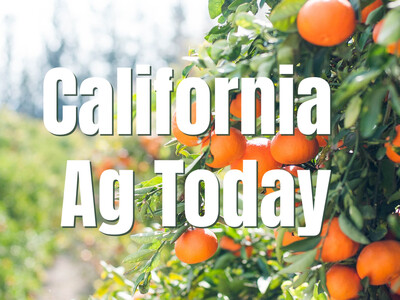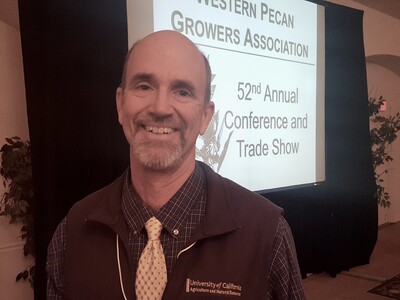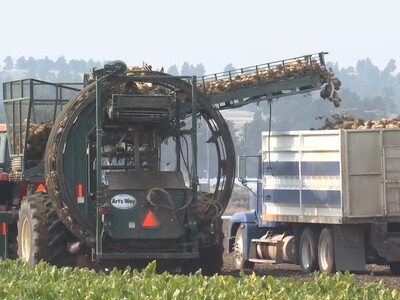Carbon Pollution Changes & Potato Late Blight
Carbon Pollution Changes & Potato Late Blight plus Food Forethought. I'm Greg Martin with today's Northwest Report.As part of the Climate Action Plan, President Obama issued a Presidential Memorandum directing the EPA to work expeditiously to complete carbon pollution standards for the power sector. During his weekly address, the President talked about some of the changes.
OBAMA: These standards were created in an open and transparent way, with input from the business community. States and local governments weighed in, too. In fact, nearly a dozen states are already implementing their own market-based programs to reduce carbon pollution. And over 1,000 mayors have signed agreements to cut their cities' carbon pollution.
New research shows that the cause of potato late blight and the Great Irish Famine of the 1840s has been tracked to a pretty, alpine valley in central Mexico, which is ringed by mountains and now known to be the ancestral home of one of the most costly and deadly plant diseases in human history. Knowing the origin of the pathogen does more than just fill in a few facts in agricultural history. According to scientists, it provides new avenues to discover resistance genes, and helps explain the mechanisms of repeated emergence of this disease, which to this day is still the most costly potato pathogen in the world. The Research published today in the Proceedings of the National Academy of Sciences, by researchers from Oregon State University.
Now with today's Food Forethought, here's Lacy Gray.
Ag groups around the country have been working for years to get the Environmental Protection Agency's Spill Prevention Control and Countermeasure rule changed. Now a provision in the recently passed Water Resources Reform and Development Act has done just that. Prior to this containers as small as 50 gallons were required to be counted towards a farmer's or ranchers aggregate fuel or oil storage and a capacity of 1,320 gallons of aggregate above ground fuel storage triggered SPCC requirements. The SPCC rule was originally designed for large fuel storage facilities, but the EPA applied it to family farms in 2009, which resulted in farmers and ranchers being affected by an imposing, expensive, and for modern agriculture, a completely unrealistic regulation. Through the provision only containers of more than 1,000 gallons will be counted toward aggregate storage and the aggregate above ground fuel exemption level has been raised to more than 6,000 gallons for an interim period, until the USDA and the EPA can complete a study identifying where the aggregate threshold level should be permanently.
Thanks Lacy. That's today's Northwest Report. I'm Greg Martin on the Ag Information Network.















